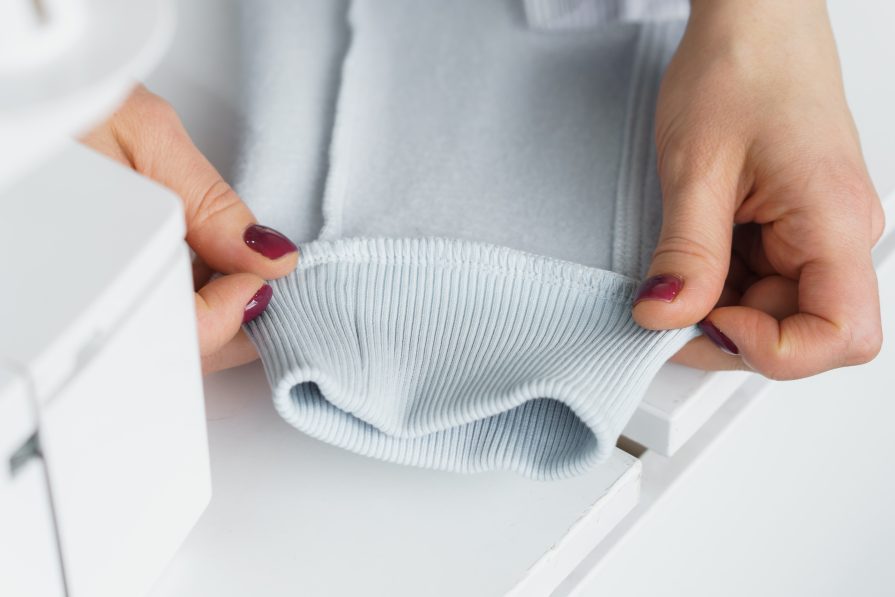Today’s eco-question: Is it possible to predict how long a garment will last? The - Première Vision Paris - Denim Première Vision - Première Vision New York
The fashion industry is under increasing criticism for developing products designed to be worn and then forgotten. A culture of constant novelty and change has taken hold, driving frenzied buying patterns that can turn clothing into throwaway products. The emotional durability of a product is often undermined by marketing and social media campaigns constantly hyping new products calculated to win over consumers in a matter of seconds.
A once sidelined quality

In analyzing buying impulses and their relationship to purchases, one fundamental point needs to be considered: Physical durability has often been given a back seat. In recent years, a product’s intrinsic quality has gone from being a vital marketing criterion to an almost anecdotal side note. If collections are meant to be constantly renewed, why bother with ensuring garments have a long lifespan? The rise of social and environmental considerations has brought to the surface concerns about production conditions and the intrinsic quality of products. More and more brands are taking a step back and striving to provide their customers with products designed to endure over time.
Read also: Smart Key: Sustainability – Is quality the ultimate key to circularity?
The guarantee of a quality material and sturdy manufacturing
The physical durability of a product is determined jointly by the fabric or leather, the components used, and the assembly techniques employed to ensure an item’s ability to last.
A battery of tests and multiple washing cycles help verify the strength of the materials. Fabrics are tested for resistance to pilling, abrasion, colorfastness when either washed or exposed to light or perspiration, and their likelihood to shrink or tear. Assembled products are deliberately mistreated to check if the garment or accessory warps, or if the seams will give way under a particular pressure.
Depending on an item’s intended use, specifications are adjusted, and verifications may vary. The same performance qualities are not expected of an everyday blouse and an item of athletic gear. Crash-tests are useful to identify a product’s weaknesses and ensure that the necessary eco-design solutions are found!
When a product is designed to last, it’s the buyer’s responsibility to take care of it properly. A brand’s role is also to provide guidance as to maintenance, washing frequency and temperature, and offer repair services so that a product’s expected lifespan can be verified against reality.
Durability begins with a designer’s selection of materials – and ends with each consumer’s care and attention.
